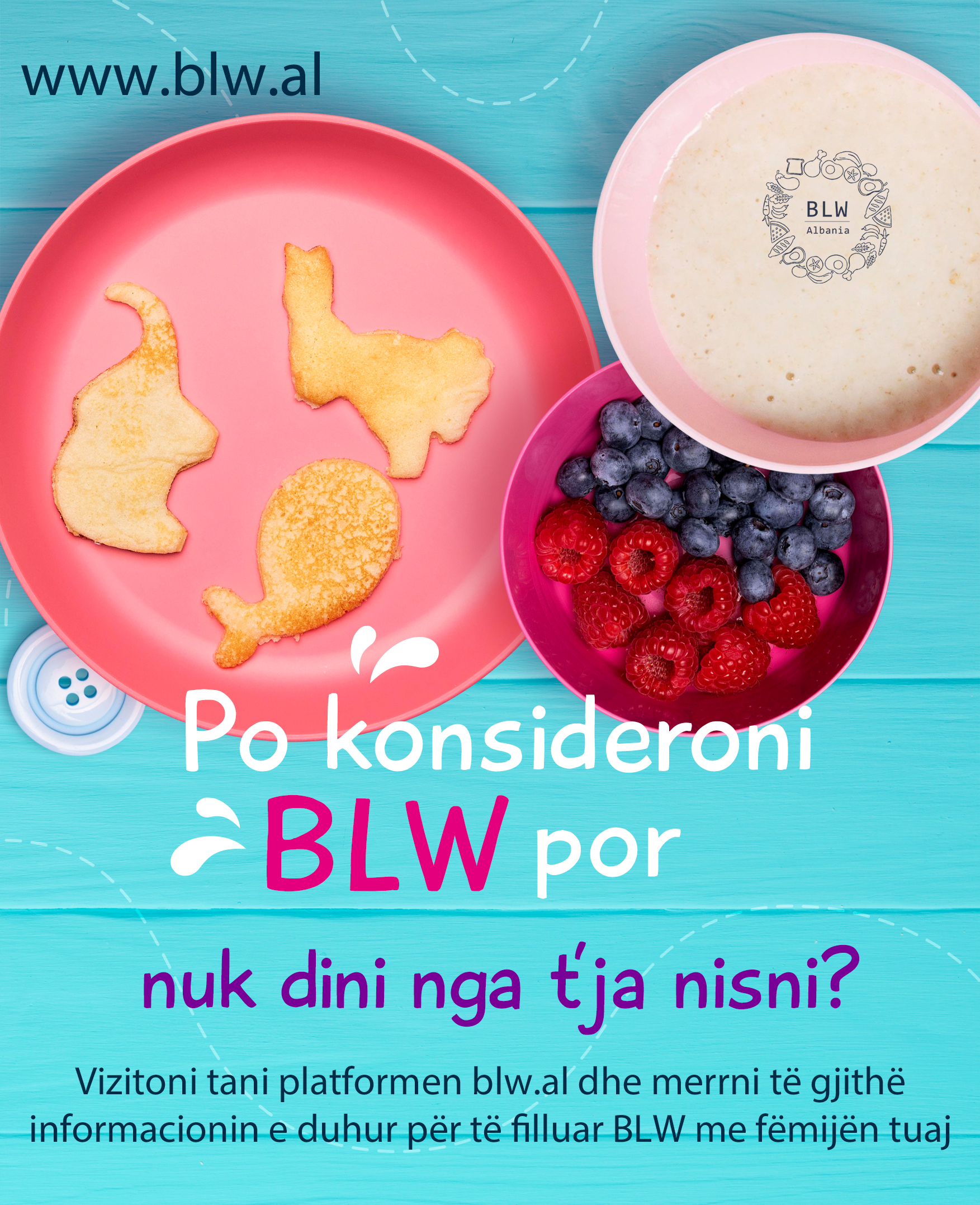One of the most important moments in a child’s growth journey is starting solids. But at the same time this is one of the most stressful things for parents, with a thousand questions raging in our heads: How will I cook it? Where? What should I give them first? Should I blend it? Should I do BLW? And worst of all: what if she chokes?!
Fear of seeing your baby choke is real, and justifiable till some extent but it should not impede us from enjoying our baby starting solids, just as we enjoy every other aspect of their growth. This is why it’s so important mamas that we understand the fundamental difference between two very different events: choking and gagging.
At first it might seem as if they are very similar. A baby gagging can be really scary, with mama rushin to get the food out of their mouth, while being in complete panic mode… this reaction however, doesn’t help neither the baby nor the mom, or the other family members for that matter. So let us understand what gagging is and how is it different from choking, and also how should we react!
Gagging is a natural reflex in babies, in all people in fact, but in babies is their protective mechanism against choking (ironic how in the meantime we confuse it with choking). The gagging reflex comes very naturally to the baby as a food (texture different from milk) touches their tongue or goes close to their throat. Immediately the baby starts automatically activating and tightening the muscles of their throat and tongue and gets the piece of food/ object out. This reflex is most alert and strongest at 6 to 9 months.
When does the gagging reflex start?
Since birth! Babies have it, grown ups have, but with growth and age the reflux changes in terms of sensitivity and when it gets activated. In babies that are fed only with milk (under 6 months) it can happen as soon as something that feels “un-natural” touches the first part of their tongue: a nipple not well positions, milk with more pressure, a bottle etc. Then at 5 to 7 months, the reflex gets moved to the middle of the tongue and is very sensitive. 7 to 10 months the high sensitivity continues, but now the “it” area is more towards the back of the tongues, closer to the throat.

Does it happen to everyone?
The gaggin reflex happens to everyone, both babies who are fed purees and those who are fed with the BLW method. The only difference is that pureed fed babies gag less in the beginning as they start solids, but more later on; while with BLW babies is the opposite, they gag more at first, but then later on they gag a lot less compared to pureed fed babies.
How should we reach if our baby gags?
Learn to distinguish the gagging sings clearly mama and try to not overreact when it happens. Keep your calm in order to not stress and agitate your baby, and don’t try to stick your finger in the baby’s mouth to get the piece of food out as it can push it further down and thus make it a whole lot worse. Trust their natural defenses while you supervise them at all times.
How is it different from choking?
During the gag reflex the baby coughs, sticks their tongue out, opens their mouth, releases coughing sounds and can turn red due to the tightening of the throat muscles.
Choking is fundamentally different. Choking happens when a piece of food or an object obstucts the airways and it’s usually accompanied by the following:
- Baby can’t cry
- Baby is in complete shock/terror
- Baby turns blue or purple
- Skin tugging into chest
If you think your baby is choking it is absolutely necessary to reach as soon as possible and call the local emergency services.
Related posts
Rreth Meje
Mirëserdhet te The Mom Corner, një qendër ditore që ofron klasa mami&unë dhe programe zhvillimore te fokusuara te femijëria e hershme. Ina Xhafa, themeluesja dhe drejtuesja e The Mom Corner, ka kryer studimet e larta të nivelit Bachelor në Psikologji, në LCC International University në Lituani, dhe Masterin MPA në drejtimin Politika Edukimi, në Cornell University në New York, USA. Ka mbi 6 vite eksperiencë profesionale duke punuar me fëmijë, familje dhe adoleshentë si këshilluese dhe në fushën e edukimit si dhe ka disa certifikime si praktikuese e metodave Montesori dhe Reggio Emilia. Mbi të gjitha është bashkëshorte dhe nënë e një djali 2 vjecar, i cili është edhe frymëzimi kryesor i The Mom Corner.
Learn more




Me Ndiqni: